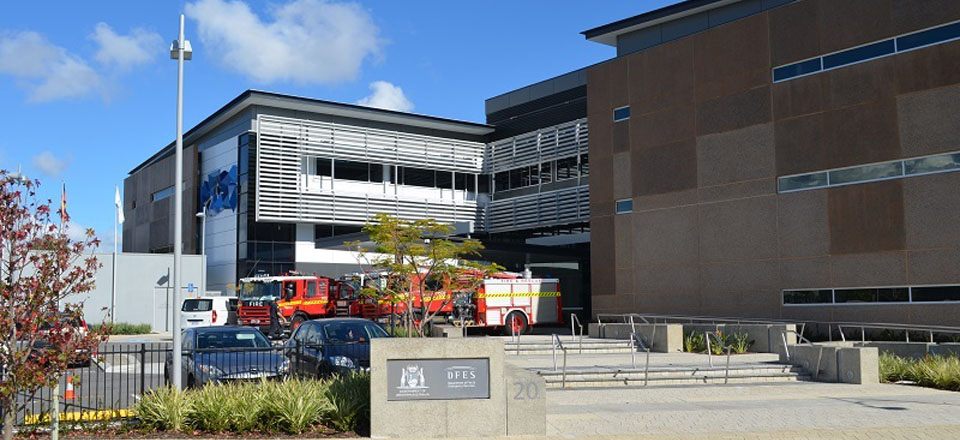DFES
Department of Fire and Emergency Services (DFES) Overview


As Western Australia’s leading hazard management agency, the Department of Fire and Emergency Services (DFES) (formerly the Fire and Emergency Services Authority of WA) performs a critical role coordinating emergency services for a range of natural disasters and emergency incidents threatening life and property. DFES is a department within the West Australian State Government.
DFES is supported by an extensive network of over 29,000 volunteers and 1111 career fire-fighters. Operating 24 hours a day, every day of the year, DFES provides emergency services across our vast state of 2.5 million square kilometres on land, by sea and air. DFES was established to improve the coordination and planning of emergency services in Western Australia.
DFES has adopted an ‘all hazards’ approach to emergency management, working in partnership with the community and other government agencies to prevent, prepare for, respond to and recover from natural disasters and emergencies.
DFES continually strives to improve the state’s hazard response capabilities and delivers several safety programs to help the community manage and recover from emergencies, prevent hazards and mitigate effects from natural disasters.
Direct Brigade Alarms (DBA)

The requirement within Western Australia to have a DFES Direct Brigade Alarm (DBA) may be prescribed under legislation through the Building Code of Australia (BCA). If your premises is deemed to require monitoring under the code, failure to be monitored may make the building unlawful to occupy.
Some clients elect to have a DBA outside of legislative requirements for insurance purposes or for peace of mind.
The DFES Direct Brigade Alarm (DBA) network monitors over 4200 premises across Western Australia. Categories of monitored premises include (but are not limited to):
- Commercial properties
- Schools/ Universities
- Hospitals
- Aged Care facilities
- High Rise buildings
All DBA sites have a DFES Alarm Signalling Equipment (ASE) unit installed in the Fire Indicator Panel (FIP). Upon alarm activation, this unit transmits the alarm signal direct the DFES Communications Centre (ComCen) for processing and appliance turnout. Fault signals and non-brigade alarms (secondary alarms) for tanks, pumps and other equipment may also be monitored.
For operational issues, once an alarm is activated from an ASE, a client cannot request from ComCen that the attending appliance be “stood down”. This policy works to prevent potential arson and allows the attending fire crews to conduct a thorough investigation of the alarm activation and ensure the safety of the building’s occupants.
Fire Alarm Monitoring Services (FAMS)

In 2009, prompted by a planned Telstra infrastructure decommissioning – DFES (then FESA) put to Public Tender a contract for the management of the DBA network and delivery of DBA services, including replacement installation of new ASE units into all monitored premises across the State. This contract was awarded to Chubb Fire & Security Pty Ltd. Trading as Fire Alarm Monitoring Services (FAMS) – Chubb delivers customer service, administration and 24/7 monitoring services to DFES and all DFES’ monitoring customers.
FAMS are responsible for:
- Monitoring
- Outbound event notification
- Inbound customer and technical support
- Customer Service
- New Connections
- Disconnections
- DBA Changes (including owner/ biller changes)
- Billing and Debt Recovery
- Equipment management and warranty
In all operations, FAMS are acting on behalf of DFES and there is complete commercial separation between FAMS and the Chubb Fire & Security Pty Ltd business units. This guarantees no conflict of interest for Chubb and ensures delivery of an independent service on behalf of DFES.
The contract governance is managed by the DFES Director of Information & Communications Technology and on a day-to-day basis – Manager Direct Brigade Alarm.
